Rai Leh (อ่าวไร่เล), also commonly known as Railay, is a tourist area located on the Andaman Coast of Thailand, in Krabi Province. Rai Leh is primarily known as a rock climbing hot spot, attracting climbers from all over the world to its superb towering limestone.

Get in
As Rai Lay is a peninsula surrounded by ocean and mountains, final access can only be by boat. Long-tails depart from Ao Nang (10 minutes, 100 baht/person, minimum 8 people) and Krabi (30 minutes) on demand, making those towns the gateways to Rai Leh. It's also possible to access Rai Leh via regular ferries that run between Ko Lanta, Ko Phi Phi, and Phuket Town(from Rassada Pier) (more frequent in the November-May dry season - times available from local travel agents, or check online ferry schedules).
The Krabi, Phuket, Ko Lanta and Ko Phi Phi articles have information on reaching the gateways to Rai Leh from throughout Thailand. From Bangkok there are flights to Krabi and Phuket, direct bus services, and trains to Surat Thani with onward connections by bus.
NB: If departing from Ao Nang, be aware that you're expected to walk out several meters into the surf before getting on a boat (depending on the tide). It might be best to change into clothes suitable for getting wet, or at the very least be sure you don't have more luggage than you can carry a few meters into the ocean.
Get around
Rai Leh is considered to be all of the peninsula, which has four primary areas:
Phra Nang: a fine white sand beach, on the southern tip of the peninsula. Can get crowded and busy. This lovely beach, recently voted one of the 10 most beautiful beaches in the world, is 20 minutes away from Ao Nang by longtail boat. It has jaw-droppingly spectacular scenery and is an excellent swimming beach. Watch the climbers climb right off the beach. Have a massage, eat a delicious barbeque and salad lunch, maybe cliff-jump off the rocks into the water. It's a great place to spend a lazy or not-so-lazy day. Phra Nang is arguably the finest beach in Thailand. A broad strip of white sand with massive cliffs framing each end of the beach, Phra Nang has just enough facilities: roast chicken and salad lunches cooked on the beach, massage ladies and people inconspicuously selling cold drinks. It still thankfully lacks all the things that spoil a beach: pollution, traffic, noise, over-enthusiastic hawkers, jet-skis and lager louts.

Rai Leh East: the mangrove side of the peninsula, used by long-tails to/from Krabi. Not good for swimming or sunbathing. Plenty of restaurants and bars. Mid-range to budget accomodations.

Rai Leh West: a fine beach of white sand and shallow water, where most long-tails arrive from Ao Nang. North end of the beach is great for swimming. South end is ok, but a little rocky under the water. Mid to high end accomodations. This beach is especially beautiful after sunset, when the silhouetted surrounding rock-faces give the place a totally unique and almost supernatural look. Idling on the beach whilst watching the antics of the rock climbers scaling the surrounding cliffs is about as relaxing an experience as can be found anywhere. To the right the bay stretches away past Tonsai to the massive Sleeping Indian cliffs, so named because that is exactly what they resemble, at night. The kilometre-long Sleeping Indian is lying on his back, with his hands folded across his midriff, his feet sticking up and a feather sticking out of his headdress – it’s an uncanny resemblance, especially at night-time.

The place to catch the sunset is at Coco’s very comfortable bar, right in the middle of the beach. This, the only bar on West Railay, is always a quiet one and has to be a candidate for being southeast Asia’s best beach bar. After sunset West Railay beach starts to empty and by midnight is usually almost completely deserted, except for the occasional party of illicit skinny-dippers, enjoying a dip au naturel at the northern end of the beach, where there are no resorts and so no people around.
Midnight swims, au naturel or otherwise, are sensational on dark nights, when the brilliant-blue bioluminescence in the water lights up disturbed water like a neon-lit Christmas tree. To best appreciate this amazing phenomenon, bring a pair of swimming goggles along and swim underwater for a while: the bioluminescence will wreath your body in a million tiny blue lights, in surely the loveliest clothes you’ve ever worn.
Ton Sai: a cove around the corner from Rai Ley West where rockclimbers and backpackers hang out in cheap accommodation and practice climbing.
It's a 5-10 minute walk between any of these landmarks, except for Ton Sai, which is a longer hike through the jungle. The village itself is a pedestrian's dream, as there are no cars, and the uneven bumpy walkways make even bicycles impractical.
See
Phra Nang Cave, also known as Diamond Cave, on the east side of the peninsula, to the north of Rai Leh East, is an interesting place to explore and one of the few strictly sight-seeing destinations at Rai Leh. A nominal entrance fee pays for a short walk along the lit boardwalk through formations that glitter as if they were full of diamonds. Though not breathtakingly large (and thus easily viewed in about fifteen minutes) it is quite beautiful. The cave is a common stop for day trips from Phuket and Ao Nang.
Phra Nang Shrine, north end of Phra Nang Beach. Dedicated to the spirit of the drowned princess (phra nang) who gave the beach her name, this small shrine in a small cave is notable primarily for the dozens of carved red-tipped phalluses donated by fishermen seeking her favour.
Lagoon & Viewpoint, walking on the path from East Rai Leh to Phra Nang Beach there is a sign that points towards an upward path to a viewpoint of Rai Leh and Ton Sai. The climb to the top takes about 20-25 minutes and to the viewpoint another 10 minutes. From the top of the trail, there is another path that leads down towards the jungle for about 20-25 minutes to the lagoon. The path to the lagoon is steep, rocky, and dangerous. Some have carried climbing gear to reach the lagoon. There are hand ropes along the steeper parts of the path, but note that if you are not in decent shape, wearing only sandals, or carrying a heavy pack, the trip is not advisable. Monkeys may be encountered in the forest here. They can be approached cautiously, but feeding or petting them is not a good idea. Watch your belongings, as they can quickly snatch glasses, wallets, or food from you.
Do
Climbing
Rai Leh is perhaps the best winter sport rock climbing area in the world, with over seven hundred bolted routes up limestone faces with breathtaking views over the ocean. If you are an avid rock climber, chances are you already know about this place and the spectacular cliffs are the reason you are here.
Climbing is graded on the French scale, most is steep and challenging with only limited possibilities for beginners. Due to the corrosive nature of the seaside location, the steel bolts may be of questionable integrity, bolt failure is not uncommon here, and threads (rope tied through holes in the rock) may be of questionable integrity as well. Overall the rock quality is superb; however, like everywhere else, you will find the occasional loose section including the famed Rai Leh stalactites.
Required climbing gear: Rai Leh and around is all sport climbing. Beyond a 60 metre (200 foot) rope, sixteen quickdraws, your harness, shoes and a lot of chalk, you won't need much else. Anything you forget or don't have can be rented at the climbing shops.
Guides: Rai Leh and Tonsai have several guide operators with services ranging from introductory rock climbing courses to rent-a-belay partner.
King Climbers - on the east side of Rai Leh, at Railay Princess Resort accommodation.
Sea Cliffs In East Rai Leh, just a few meters down the path that leads to West Rai Leh. One of the instructors is named Porn (pronounced more like Pon), and is very easy going and cool.
Guide books: There are three different guide books published in a variety of languages by the local guide shops, each providing excellent directions and route finding. Most were updated around 2004 or more recently and can be ordered online, directly from the guide shop, or your local climbing store might carry stock.
Rock Climbing in Thailand by Elke & Wee. New edition 2007.
Thailand: A Climbing Guide published by The Mountaineers and written by Sam Lightner Jr. All the money earned from it is to be donated to the re-bolting cause:.
Diving & snorkeling
Rai Leh is not a major diving spot as the local coral and sea life is not as diverse or spectacular as other areas of Thailand. However there is a dive shop that will certify divers and take them on boat trips to decent dive sites, including a sunken wreck. Serious divers tend to prefer the Similan Islands, Ko Phi Phi or Ko Lanta for quality diving.
King Cruiser is a car ferry that sank in 1997, providing the area with its only wreck, located at 30 meters. Unfortunately its condition is deteriorating fairly fast in the warm waters. This is the most popular dive site in the area.
Snorkeling is not a major draw for Rai Leh though it is possible to swim out and see coral and fish a few meters off the sandy beaches. Beware of the ever present longtail boat traffic. Most looking for some snorkeling fun rent a longtail and head for the islands south and west of Rai Leh, such as Poda Island, but even there the snorkeling is only moderate. Some hotels organize snorkeling trips or you may prefer to charter your own boat for the afternoon. A one way trip usually takes less than 25 minutes.
Kayaking
While not as good as at Phang Nga, the kayaking around the peninsula at Rai Leh affords a great alternative to climbing and a stunning view of the area. Several of the limestone islets off Phra Nang beach have sea caves eroded into their bases, including a few large enough to offer opportunities to beach the kayaks and explore. Paddling into caves and through subterranean passages is particularly interesting, but watch out for low, jagged ceilings. For those with more ambition, a short open-water crossing (about one hour of steady, heavy paddling) leads to the private island of Ko Poda which has beautiful and relatively isolated beaches.
Several bungalow resorts on the Rai Leh West side of the peninsula have sea kayaks available for rental for around 600 baht/half-day, 1000 baht/full-day (including life-vests). The kayaks are simple two-seat plastic models, but perform fine on the millpond-smooth water of the bay. A half-day is probably plenty long enough to explore the immediate environs of Rai Leh. A bottle of water, a hat and plenty of sun protection are essential!
Trekking
Rai Leh itself does not offer many trekking opportunities, as the peninsula is so tiny. The one interesting and undeveloped area is the jungle atop the limestone towers that make up the club-shaped southern end of the peninsula. Along the paved path that runs from Rai Leh East to Phra Nang beach, a so-called "trail" leads up a slippery, rocky embankment to the jungle-covered plateau. A narrow, indistinct trail circles the top of the southern tower, with a left turn offering access to the highest point (accessible via a sheer face and thus navigable only with climbing gear) as well as a fantastic lookout point over the peninsula. A right turn on the path leads downward into a hidden glen, which provides access to the secret lagoon called Sa Phra Nang or Holy Princess Pool. The route from this glen to the lagoon leads down a steep, rocky ravine, and the path is covered with slippery red clay, making it quite treacherous even for the experienced. The technique is not so much climbing as scrambling, and the knotted nylon ropes are often more dangerous than they are helpful. The lagoon itself is breathtakingly beautiful, but try not to step in, as the soft bottomless muck has quite a penchant for trekkers' footwear.




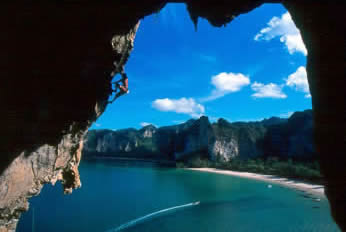




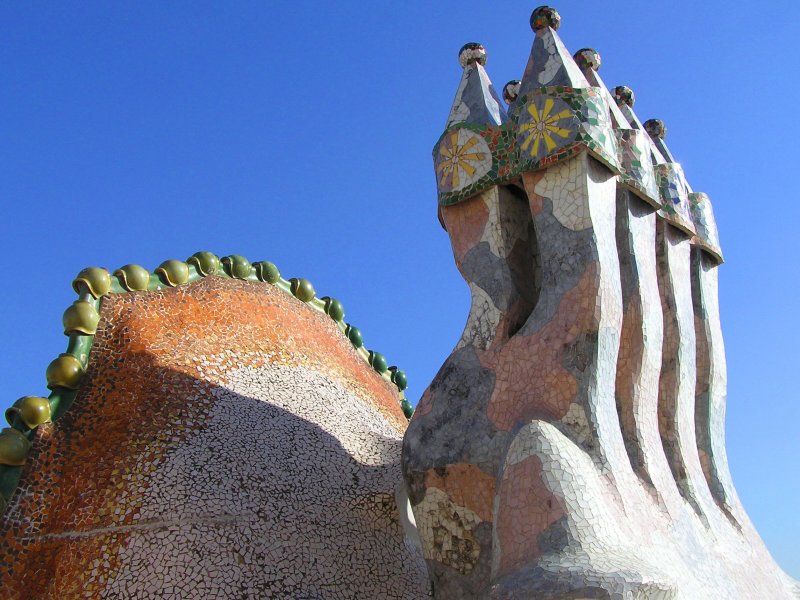
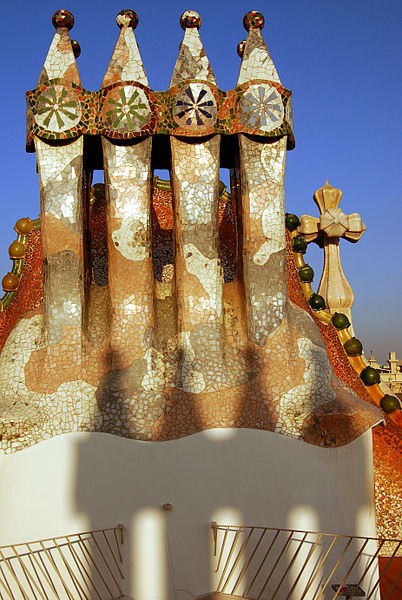



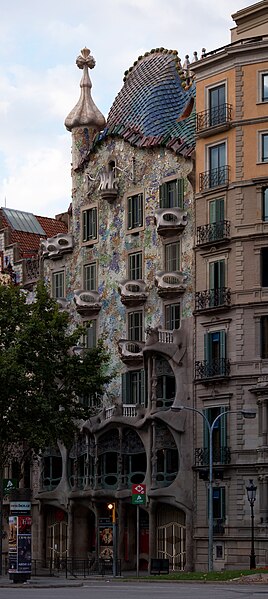

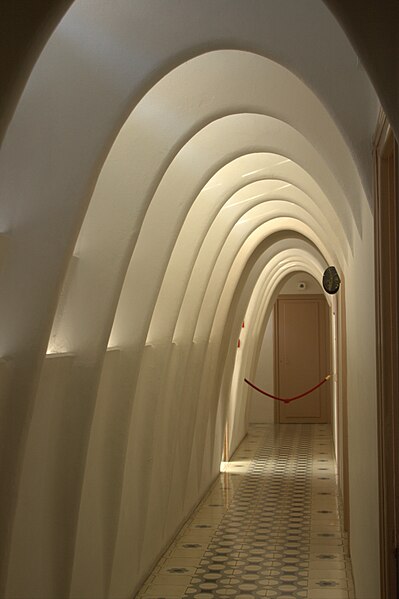
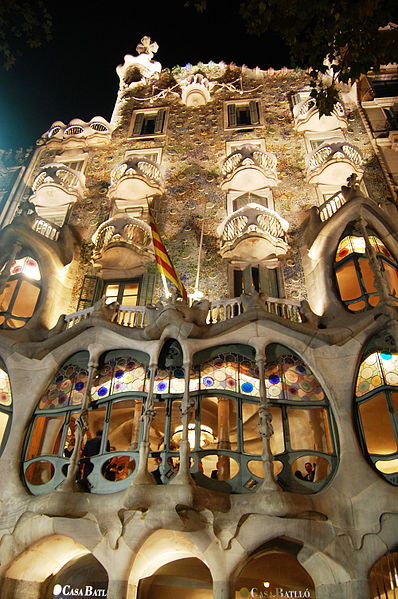

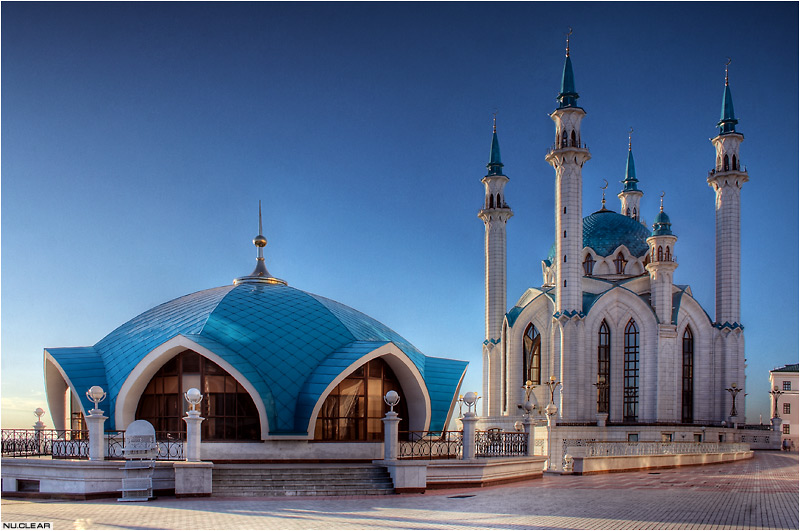
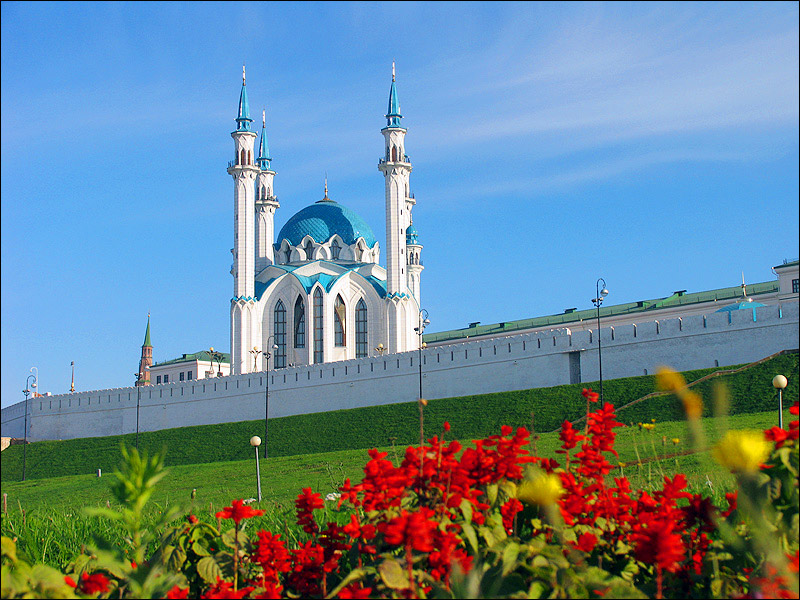

























.jpg)


